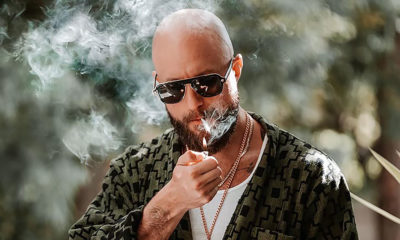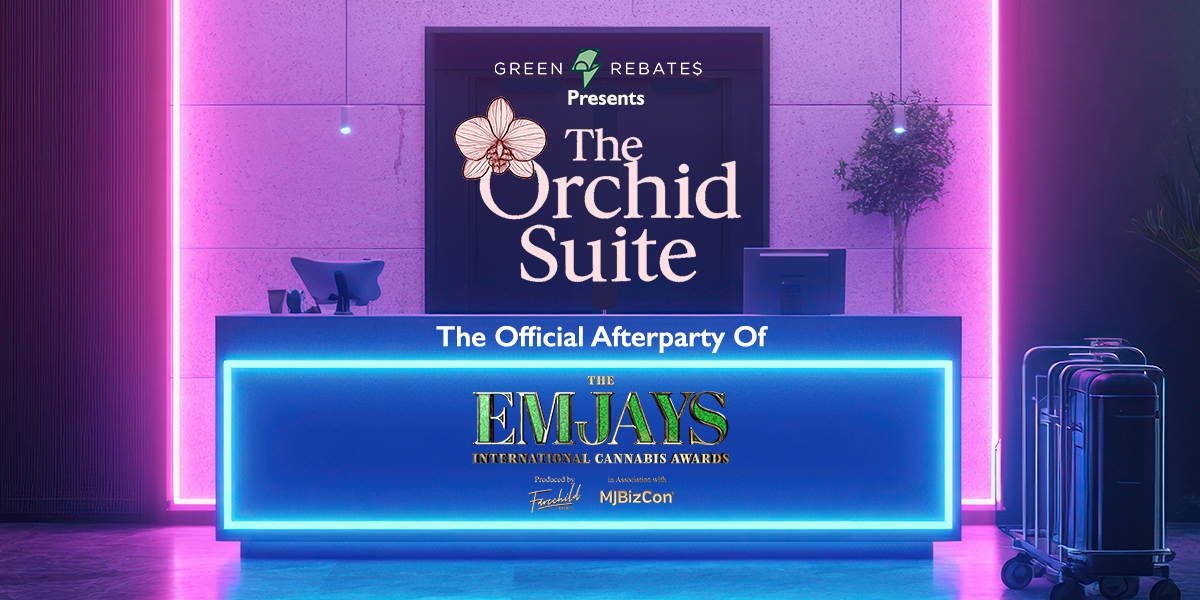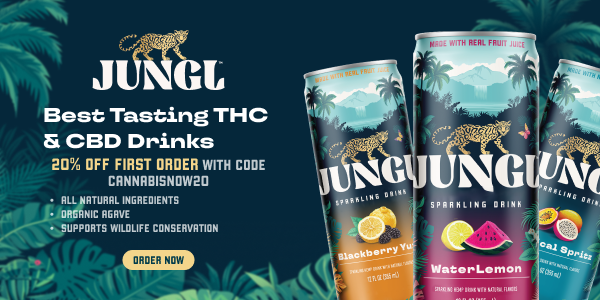Joint Opinions
Branding Cannabis
The fact that Americans’ opinions on cannabis legalization have changed quite drastically and quickly gets a lot of attention in news stories, but less discussed is the change in actual pot culture — who is using marijuana, how they’re using it and how they want to be perceived.
America’s stoner culture is pervasive and has been tolerated for a long time despite cannabis’ illegal status. The flower power kids made widespread use of it, Bob Marley got famous for it, and “Cheech and Chong” and “Harold and Kumar” made it hilarious. By accident or otherwise, marijuana became branded in pop culture as a goofy drug associated with burnouts and hippies. The average smoke shop is decorated in red, yellow, and green and on television almost everyone who smokes speaks somewhat like a sun-stricken surfer. Even the media can’t take weed seriously, every other story about marijuana includes a pun about something budding, going up in smoke, or getting higher.
The problem is, the actual weed-ingesting demographic is shifting away from the stereotypical potheads and is moving into a far more domestic and professional sphere.
“The High Times generation that came with all their pot leafs and all that, they’re there, but the new weed consumer is a successful, professional, and most likely female client,” Cheryl Shuman, a marketing and public relations consultant as well as medical marijuana collective founder, told the Huffington Post. “The thought of being associated with the whole druggie loser scene is not appealing to them, which is why the branding is changing.”
Shuman helps to change that brand as a consultant on how to display cannabis use in film and television. She has worked with the shows “Parenthood,” “Law & Order,” and “Wilfred.”
“In one of the first episodes, the character built out a bong out of an old Gatorade bottle and it just looked disgusting. True cannabis connoisseurs were offended,” Shuman told the Huffington Post.
Shuman’s goal is to portray marijuana use realistically, in terms of middle-class, middle-aged consumers: business professionals who use medical cannabis, mothers who vaporize after their kids are at school. Moreover, marketers interested in the potential cannabis industry see these people as their new targets. They need to differentiate their customers from the dopey image of the past in order to win them over.
Of course, Shuman and the upper/upper-middle class only compromise a fraction of all American cannabis users, and while some may have reacted in disgust at the portrayal of a Gatorade bong, others could probably relate to having to be creative in order to smoke. While much of the cannabis industry could use a push into the new millennium in terms of public image, there is no reason to disdain or be disgusted by the often universal moments stoners (or however they would like to be branded) experience in every generation.
























